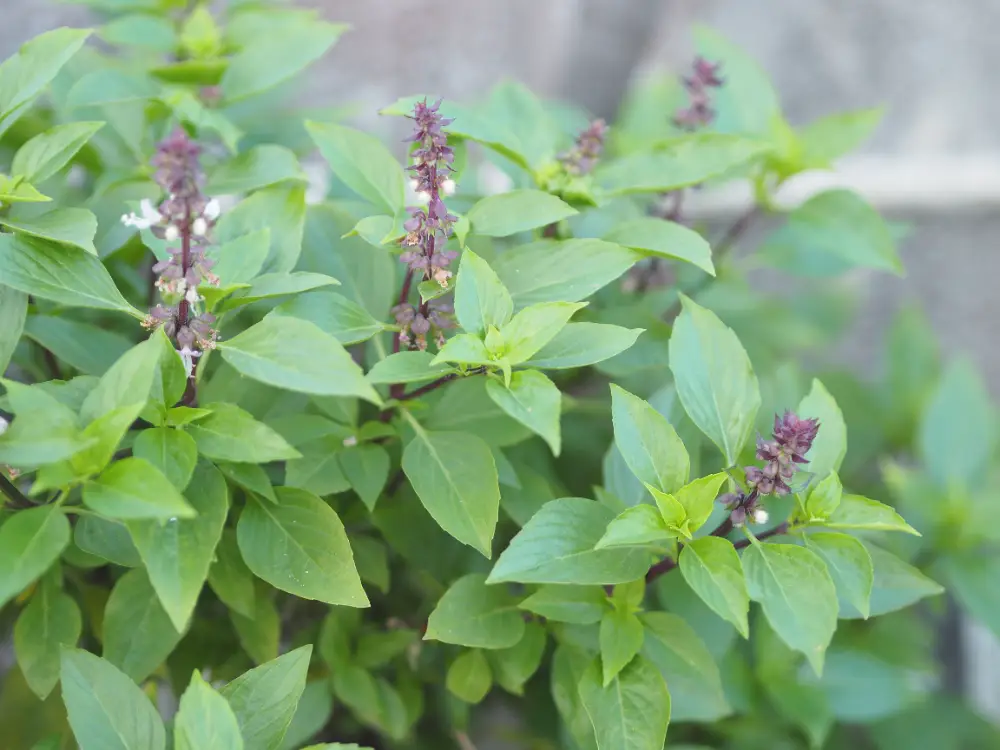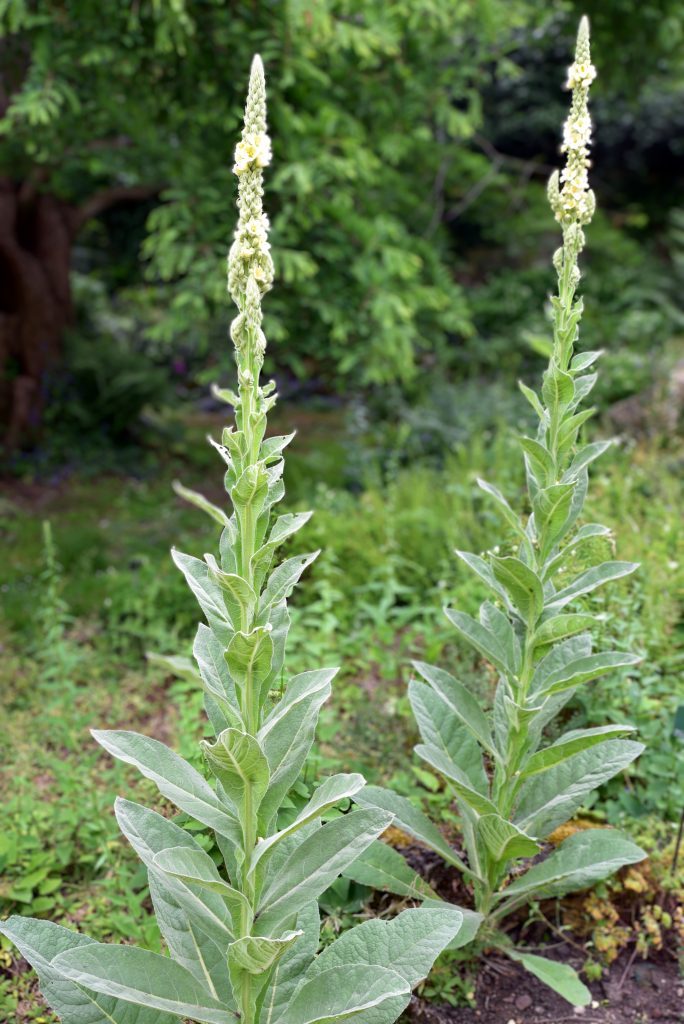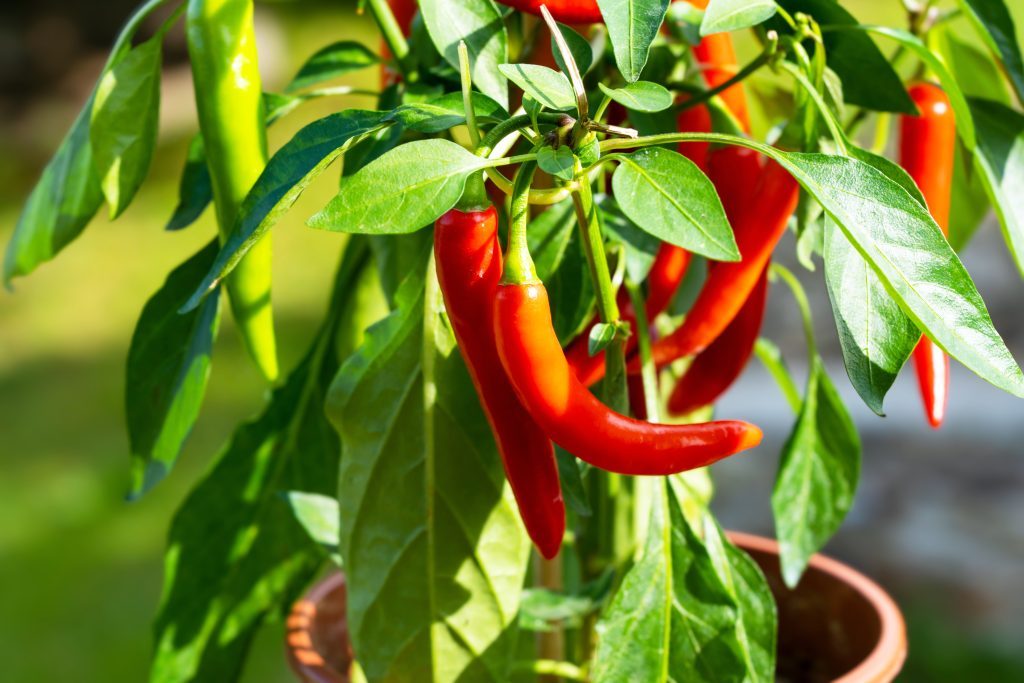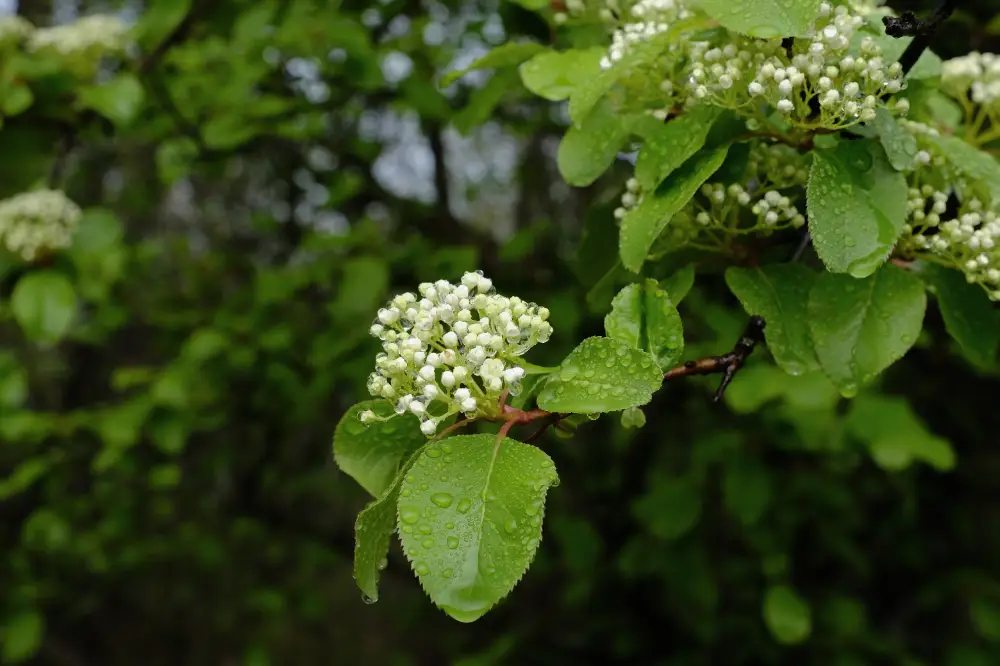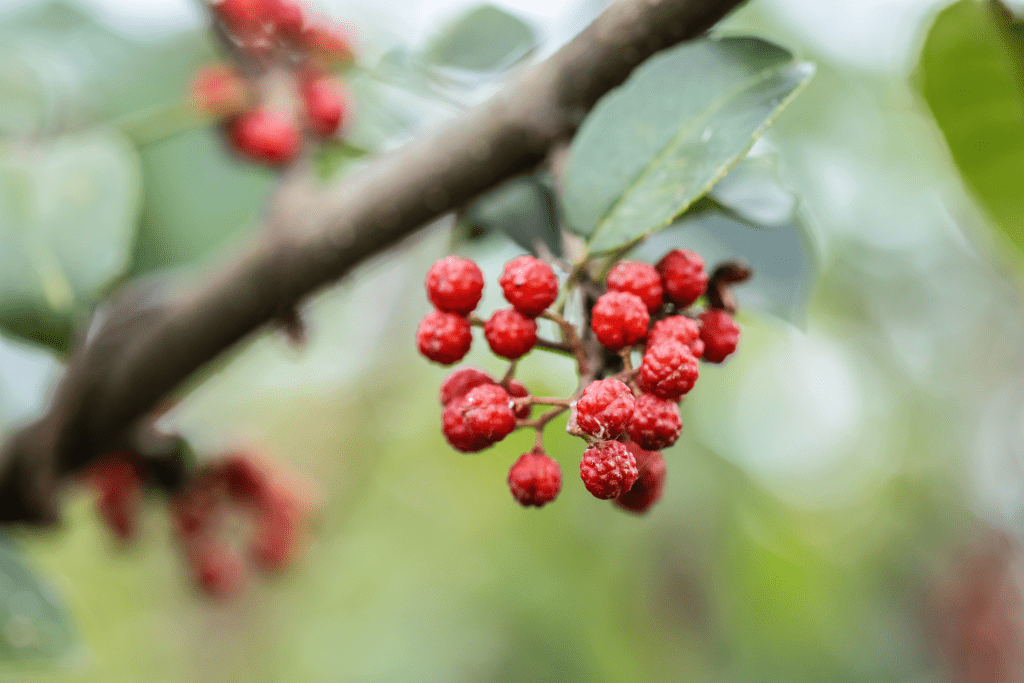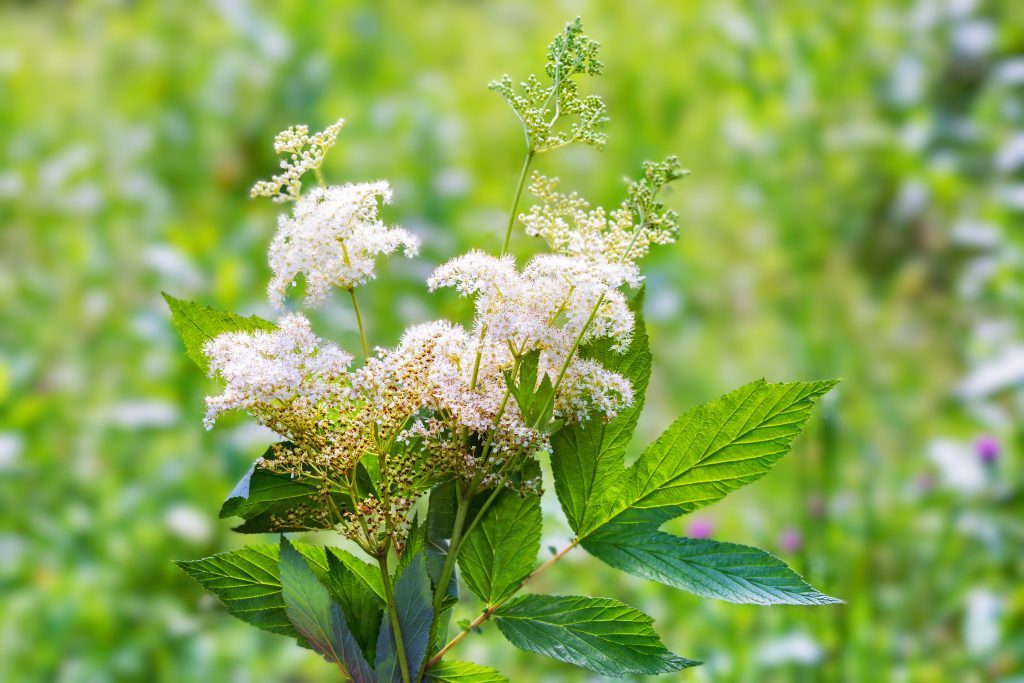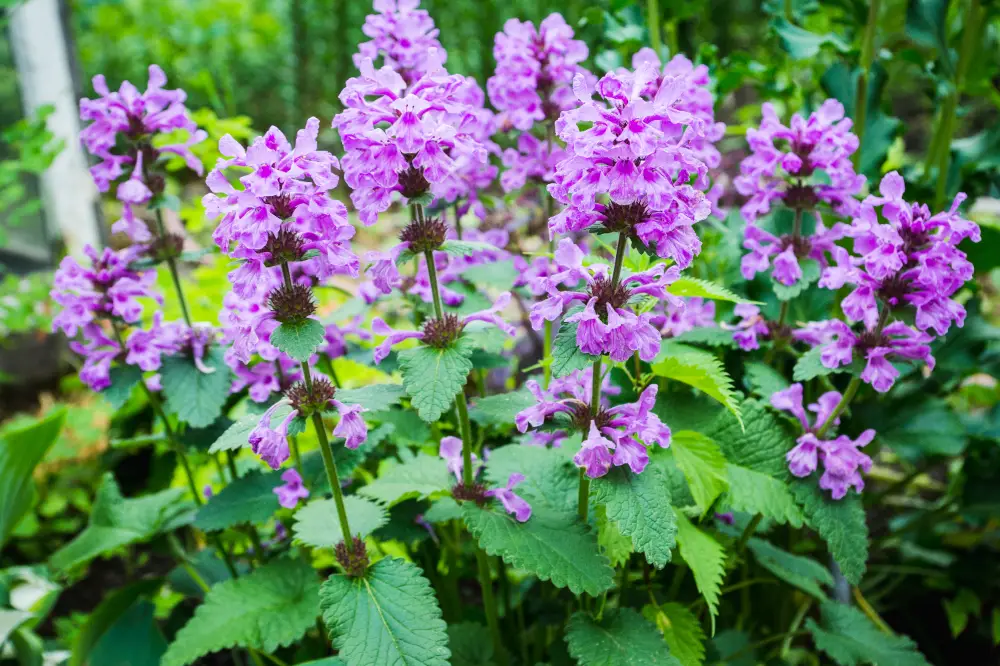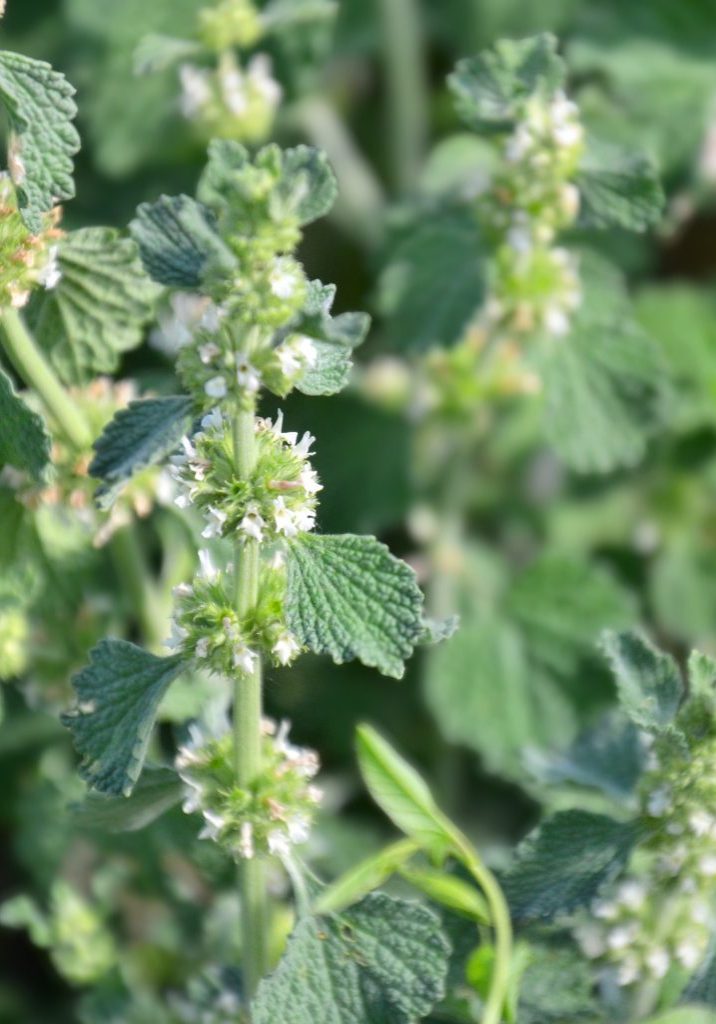
Horehound
Marrubium vulgare
Laminaceae (Mint Family)
The Herbal Defender: Clearing Lungs, Easing Digestion, and Protecting from Negative Energies.
Other names:
White Horehound, Marrubio, Hoarhound
Superpower
Supports respiratory health and acts as an expectorant.
Uses
Cough and Respiratory Health: White Horehound has been traditionally used as a remedy for coughs and respiratory conditions. Its expectorant properties help to expel phlegm and clear lung congestion. The herb has been a key ingredient in cough syrups and herbal teas across Europe and the Mediterranean for centuries.
Digestive Health: As a bitter tonic, White Horehound was used to stimulate appetite, improve digestion, and alleviate bloating and indigestion. The herb’s bitter taste activates digestive secretions, which aids in breaking down food and nutrient absorption.
Antiseptic: Traditionally, White Horehound was also used externally for its antiseptic properties to clean wounds and treat skin infections.
Current Uses:
- Expectorant: In modern herbalism, White Horehound is still highly regarded for its ability to loosen mucus and ease respiratory symptoms. It is commonly found in herbal cough syrups and throat lozenges for treating bronchitis, asthma, and persistent coughs.
- Bitter Digestive Tonic: It is frequently used in bitters formulas to improve appetite and enhance digestive function, especially for individuals dealing with slow digestion, constipation, or bloating.
- Anti-inflammatory and Antimicrobial: Recent research supports White Horehound’s anti-inflammatory and antimicrobial properties, making it a useful herb for treating infections and inflammatory conditions in both the digestive and respiratory tracts.
Cautions
Toxicity:
White Horehound is generally considered safe when used in appropriate doses. However, excessive consumption may cause gastrointestinal discomfort due to its bitter properties. In rare cases, individuals may experience nausea or vomiting if taken in large amounts.
Contraindications:
Pregnancy and Breastfeeding: It is recommended to avoid White Horehound during pregnancy due to its uterine stimulant properties, which could increase the risk of miscarriage. Similarly, caution is advised during breastfeeding, as its effects on infants are not well studied.
Gastric Conditions: Due to its strong bitter nature, White Horehound may aggravate gastritis or ulcers, particularly in those with sensitive stomachs.
Interactions:
White Horehound may enhance the effects of medications used for respiratory conditions or stimulate digestion. As a bitter tonic, it may interact with other bitter herbs or medications affecting gastric secretions.
Known Chemical Constituents
Bitter Diterpenes:
-
- Marrubiin: The key active constituent responsible for White Horehound’s expectorant and bitter tonic effects. Marrubiin stimulates the production of gastric juices and promotes respiratory clearing by encouraging the expulsion of mucus.
Volatile Oils:
-
- Pinene, Limonene, and Caryophyllene: These oils contribute to White Horehound’s aromatic properties and have antimicrobial and anti-inflammatory effects.
Flavonoids:
-
- Quercetin and Apigenin: Known for their antioxidant and anti-inflammatory properties, these compounds help protect cells from oxidative stress and reduce inflammation.
Phenolic Acids:
-
- Caffeic Acid and Chlorogenic Acid: These compounds contribute to antioxidant activity, supporting the herb’s use in reducing inflammation and protecting tissues from damage.
Tannins:
-
- Responsible for White Horehound’s astringent properties, tannins help tone and tighten tissues, supporting digestive and respiratory health.
Botanical Description
Growth Habit:
White Horehound is a perennial herb that grows in a bushy form, reaching about 30 to 60 cm (1-2 feet) in height. It has a woolly appearance due to fine white hairs that cover its stems and leaves.
Leaves:
The leaves are opposite, ovate, and crinkled, with a gray-green color and covered in a fuzzy white down. The edges of the leaves are deeply toothed.
Flowers:
White Horehound produces small, white flowers that grow in dense clusters at the top of the plant. These flowers bloom in the summer months and are often surrounded by bracts.
Stems:
The stems are square (characteristic of the mint family) and covered in fine white hairs.
Fruit:
The fruits are nutlets, each containing a single seed.
Habitat:
White Horehound thrives in dry, rocky soils and is commonly found in Mediterranean regions, as well as parts of Europe, North America, and Australia. It grows well in sunny, open areas.
Fun Facts
Used in candy-making for centuries! Horehound candies were popular in Europe and North America as a soothing remedy for sore throats and coughs, and they’re still made today. These old-fashioned sweets were a go-to remedy for children and adults alike, combining the herb’s medicinal properties with a sweet treat.
Parts Used
Aerial
Harvest
Leaves and Flowers:
The aerial parts (leaves and flowers) of White Horehound are harvested in late spring to summer, just before the flowers bloom fully. This is when the plant’s medicinal compounds are at their peak. The leaves and flowers are cut and dried for use in teas, tinctures, and other herbal preparations.
Method:
- Harvest on a dry day, when there is no moisture on the plant.
- Cut the upper stems, collecting the leaves and flowers.
- Dry in a well-ventilated area away from direct sunlight to preserve the volatile oils and active constituents.
Preparations
Infusion (Tea):
The most common preparation of White Horehound is as an infusion or tea, used to treat coughs, bronchitis, and digestive issues. Steeping the dried leaves in hot water releases the bitter compounds and expectorant properties.
Lozenge:
Horehound is often included in cough lozenges to relieve sore throats and promote mucus clearing.
Tincture:
A tincture of White Horehound provides a concentrated form of the herb, often used for respiratory conditions and to stimulate appetite.
Syrup:
White Horehound is commonly found in cough syrups due to its expectorant properties, which help loosen mucus and ease respiratory congestion.
Poultice:
Traditionally, the fresh or dried herb was used in a poultice to treat wounds and inflammatory skin conditions due to its antimicrobial and anti-inflammatory properties.
Powder:
The dried herb can be powdered and taken internally in small doses to support digestion and respiratory health.
Sacred Rituals
In ancient Roman and Greek cultures, White Horehound was considered a sacred herb used in protection rituals. The herb was believed to ward off evil spirits and illness, often burned as an offering or worn as an amulet. In Christian mysticism, it was thought that the bitter taste of horehound symbolized the bitter truth and was used in rituals to purify both the body and spirit.
Affirmations
“I release what no longer serves me and embrace clarity and healing. My breath flows easily, and I am balanced, strong, and protected in all that I do.”
Spiritual Associations
The bitter taste of horehound is symbolic of purification, both physically and spiritually, making it a powerful herb for clearing away emotional blockages and fostering clarity.
Functions
A substance or agent that helps regulate or stabilize abnormal heart rhythms (arrhythmias).
Bitter
A substance or agent, often from herbs, that has a distinctly bitter taste and stimulates digestive function, including the production of digestive enzymes, bile, and stomach acid.
Colds and FluRespiratory illnesses caused by viruses, resulting in symptoms such as congestion, coughing, fever, sore throat, and fatigue.
Cough ReliefRefers to interventions or substances that soothe the throat, reduce irritation, and help alleviate coughing, particularly when it becomes excessive or uncomfortable.
DecongestantA substance that reduces congestion in the nasal passages and sinuses, helping to relieve symptoms of stuffiness and difficulty breathing.
Digestive & Elimination HealthThe overall well-being and optimal functioning of the digestive system, which includes the gastrointestinal tract, liver, pancreas, and other supporting organs. It encompasses the processes of breaking down food, absorbing nutrients, and eliminating waste, as well as maintaining a healthy balance of gut microbiota.
Expectorant (clears mucus)

